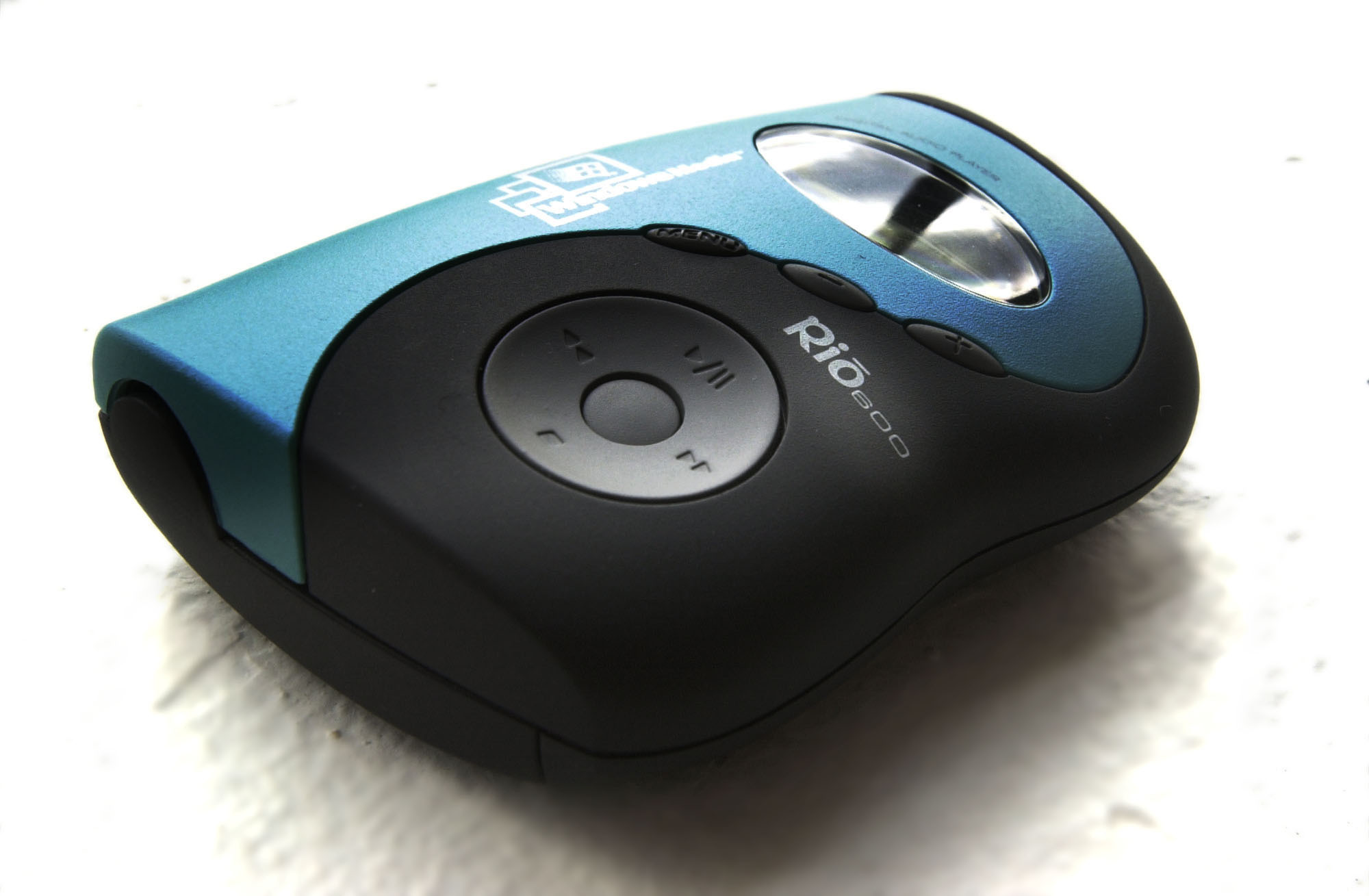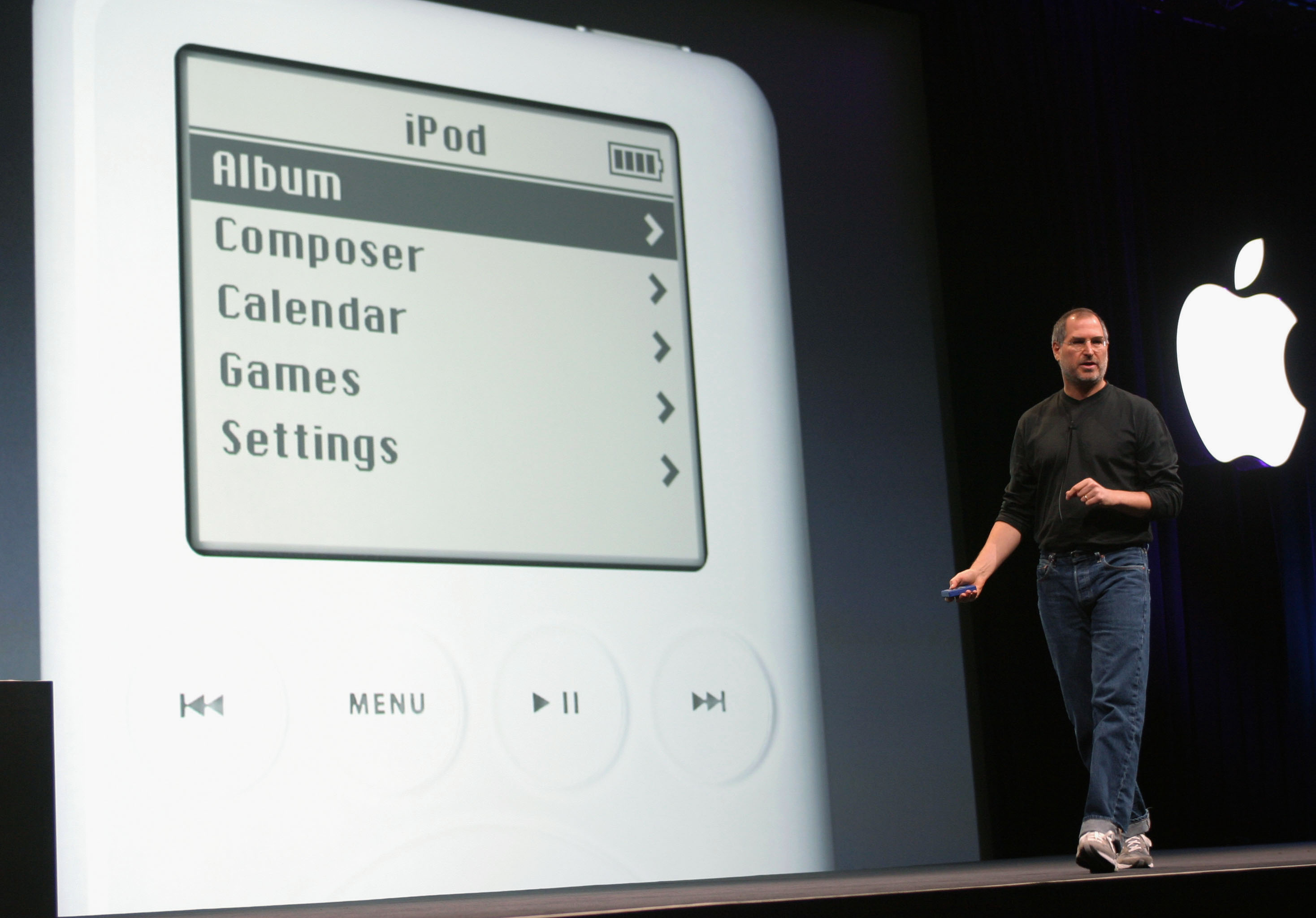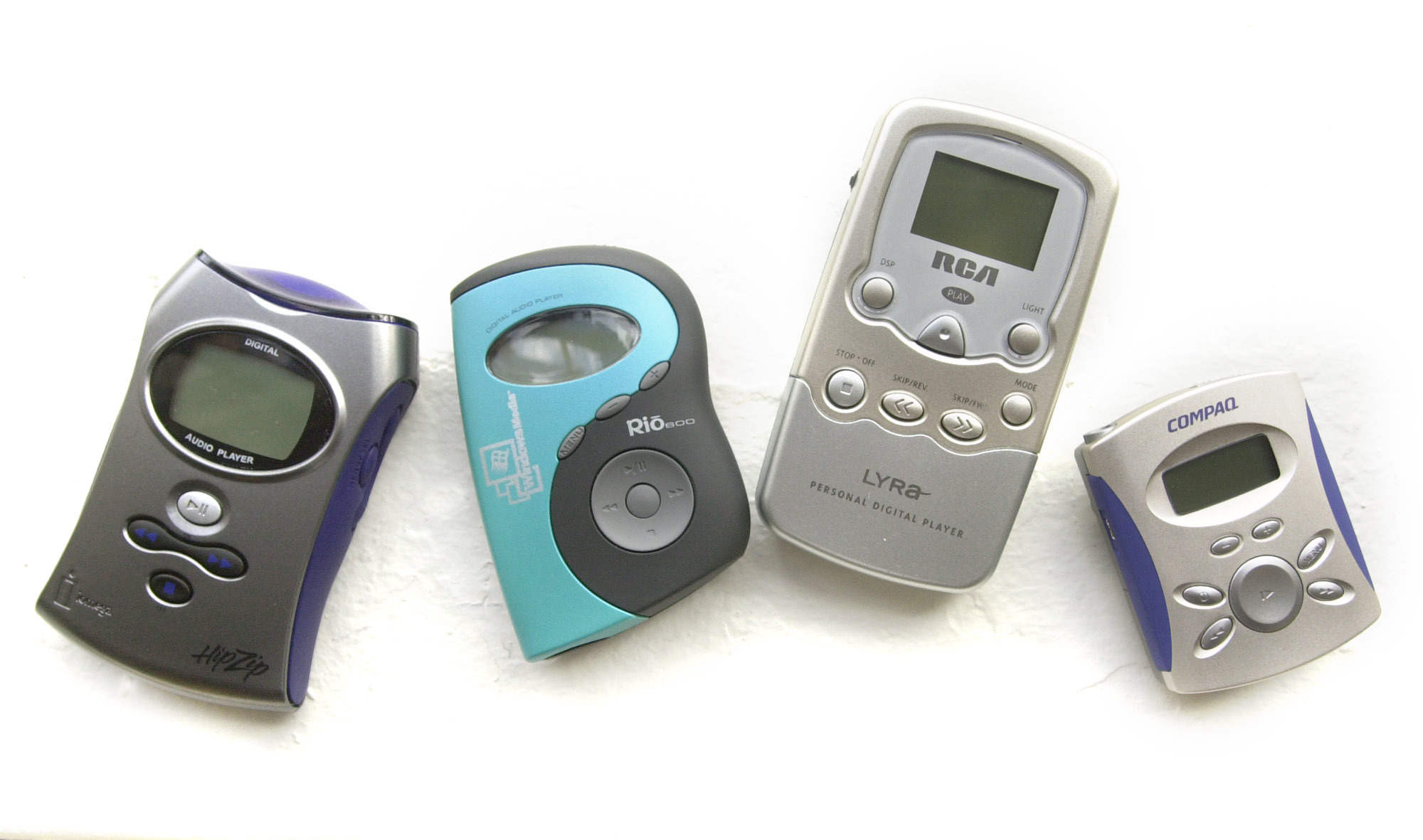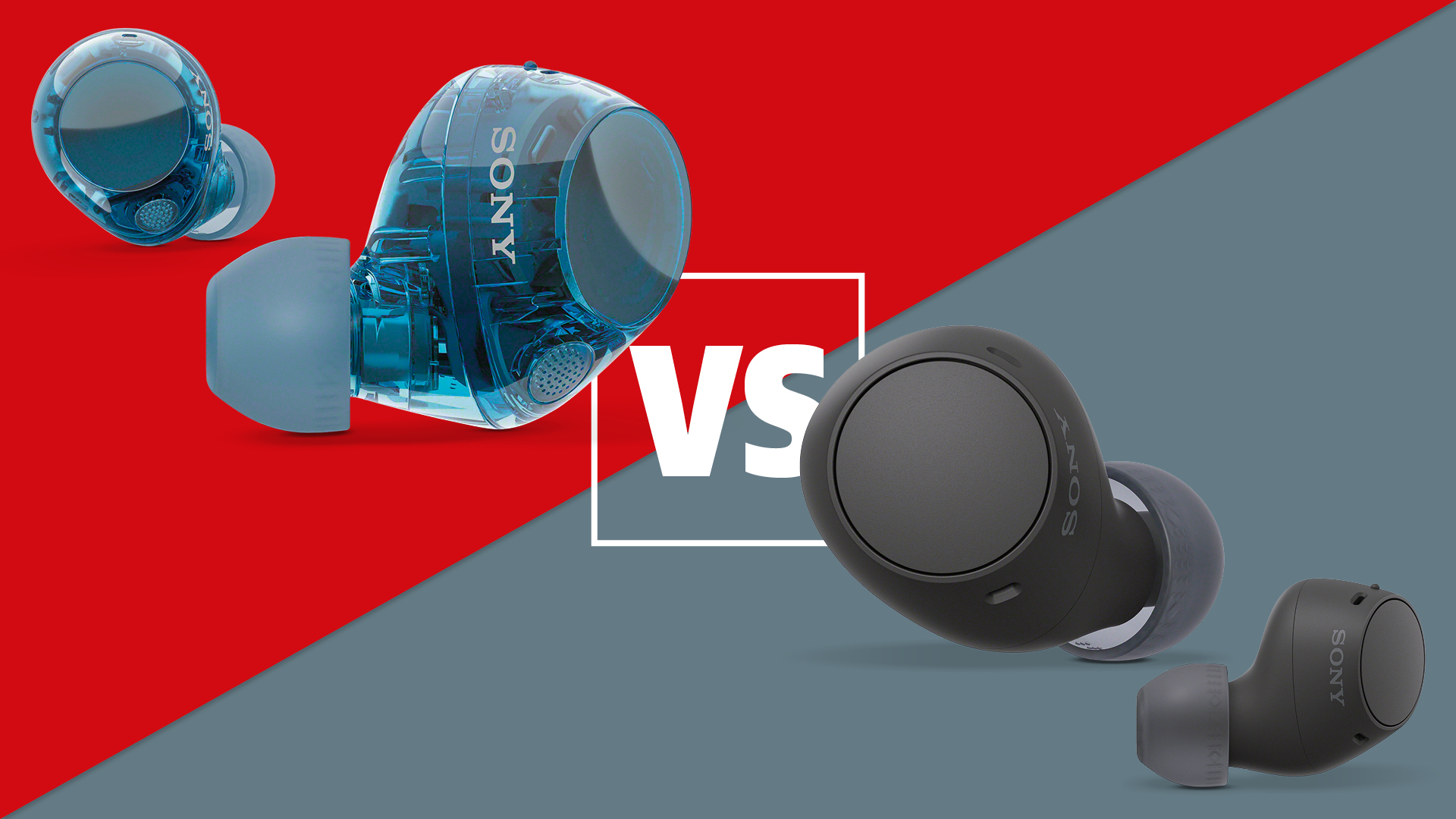My first MP3 player nearly cost me my degree – but I would use it again in a heartbeat
Its biggest limitation became its greatest strength

We’ll start with an admission: I don’t actually listen to much music nowadays. (I know, don’t tell my employers at What Hi-Fi?.) But in my student days, it was something of an obsession, one fuelled by the proliferation of digital music and a dinky little MP3 player called the Rio 600.
This was around the turn of the century, and I was just dipping my toe in the rising tidewater of the digital music revolution. But once I’d been introduced to SoundJam MP – the software that would go on to become iTunes – and the Rio 600 portable player, that was it. I was swept out to sea.
Futuristic listening
The Rio 600 was a sportier model than its predecessor, the Rio 500. Gone was the 500’s boxy, Walkman-inspired design, junked in favour of a curvaceous style and more intuitive button layout. Which made sense – unlike a Walkman, it didn’t need to accommodate a cassette, hence it didn’t have to be rectangular. It even had interchangeable faceplates, just like the Nokia phones of the era.
The LCD screen was a thing of beauty. While small, it never felt cramped, with ample room for all the relevant text. (It also made the first-gen iPod’s display look like a Gameboy’s by comparison.) And the contrast was stunning – clearly visible by day and emitting a comforting blue glow in the dark.
By today’s standards, of course, the specs are pretty laughable. It ran for 10 hours on a single battery, so I ended up spending a large chunk of my student loan on AAs. The bundled headphones had uncomfortable ear clips and were objectionably awful. The 32MB memory could only hold about 30 minutes of music (upgradeable to an hour using the 64MB "snap-on backpack" that I bought), and that was at a paltry 128kbps.
But using it felt properly futuristic. Not only did it not skip with every step like my old Discman, but it also played what I wanted in whatever order I chose. Every morning, I could put together my own playlist for the day depending on what mood I was in and what I would be doing. That was when the trouble started.

Creating the perfect playlist
It’s often said that limitation enhances creativity. I don’t know about that, but only having 64MB of memory for a playlist definitely makes you think hard about every song selection. You try whittling down thousands of tracks into a playlist that’ll last you the day, varying the tempo (upbeat for when you’re walking to the bus stop; more relaxed for when you’re pottering around campus), genres, and combining first listens with old favourites, just in case the new tracks turn out to be duds. It’s exhausting.
Get the What Hi-Fi? Newsletter
The latest hi-fi, home cinema and tech news, reviews, buying advice and deals, direct to your inbox.
Most students miss lectures because they sleep in. I missed them because I was busy making the perfect playlist.
At first, it wasn’t a problem. For most of my first year, I just loaded on both mixes of Brainfreeze and was done with it. But in the second and third years, it became more of an issue. That was probably due to my burgeoning music collection (every so often, friends and I would pool our MP3s, passing round music libraries on an external hard drive the size and weight of a house brick). But it could also have been a delaying tactic, a way of putting off leaving the house and dealing with the real world. Or maybe it was just plain old-fashioned laziness.
But for all its problems as a time sink, I do think there’s a real advantage to a limitation like the Rio 600’s. And it’s something that will be alien to most users of music streaming services.
A vinyl moment for millennials

I was born in the early 1980s, when cassettes were the dominant music medium. (Vinyl was still going strong, but the closest I ever came to it growing up was using my nan’s George Formby LP as a frisbee.) Pre-internet, I created mixtapes like everyone else by recording from CDs onto cassette. But being able to do the same in seconds using digital files, with the only hardware required being a computer, MP3 player and a cable to connect the two was game changing.
It was my generation’s vinyl moment. Making a playlist of MP3s in the morning and being stuck with it for the day was, for me, the equivalent of listening to an LP all the way through. Sure, you could skip a track if that guitar solo was starting to drag. But you’d just be back at the start of your playlist that little bit sooner, ready to begin again. Far better to listen to the tracks all the way through, noodling guitar solos and all.
By not pressing skip, I discovered songs and sections of songs that I had overlooked first time round. It opened my mind to more challenging music, those tracks that don’t grab you on your first listen, but are more rewarding weeks later when you come to appreciate them on their own terms. It taught me to really listen to music, rather than always searching for the catchy hook or the big break. And that’s something you won’t learn in any lecture.
MORE:
You're back in the room: best portable music players
Looking for a bargain? See the best hi-fi deals
Get clued up, stat: MP3, AAC, WAV, FLAC: all the audio file formats explained
Joe has been writing about tech for 20 years, first on staff at T3 magazine, then in a freelance capacity for Stuff, The Sunday Times Travel Magazine (now defunct), Men's Health, GQ, The Mirror, Trusted Reviews, TechRadar and many more. His specialities include all things mobile, headphones and speakers that he can't justifying spending money on.
-
jonemmet My first MP3 player was a Rio Karma. Loved that thing. The only problem was that the HD would die, die often so much so that they would send me replacements without any hassle. One time they actually sent me two, just in case. LOL.Reply
5035

